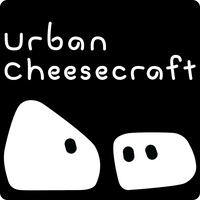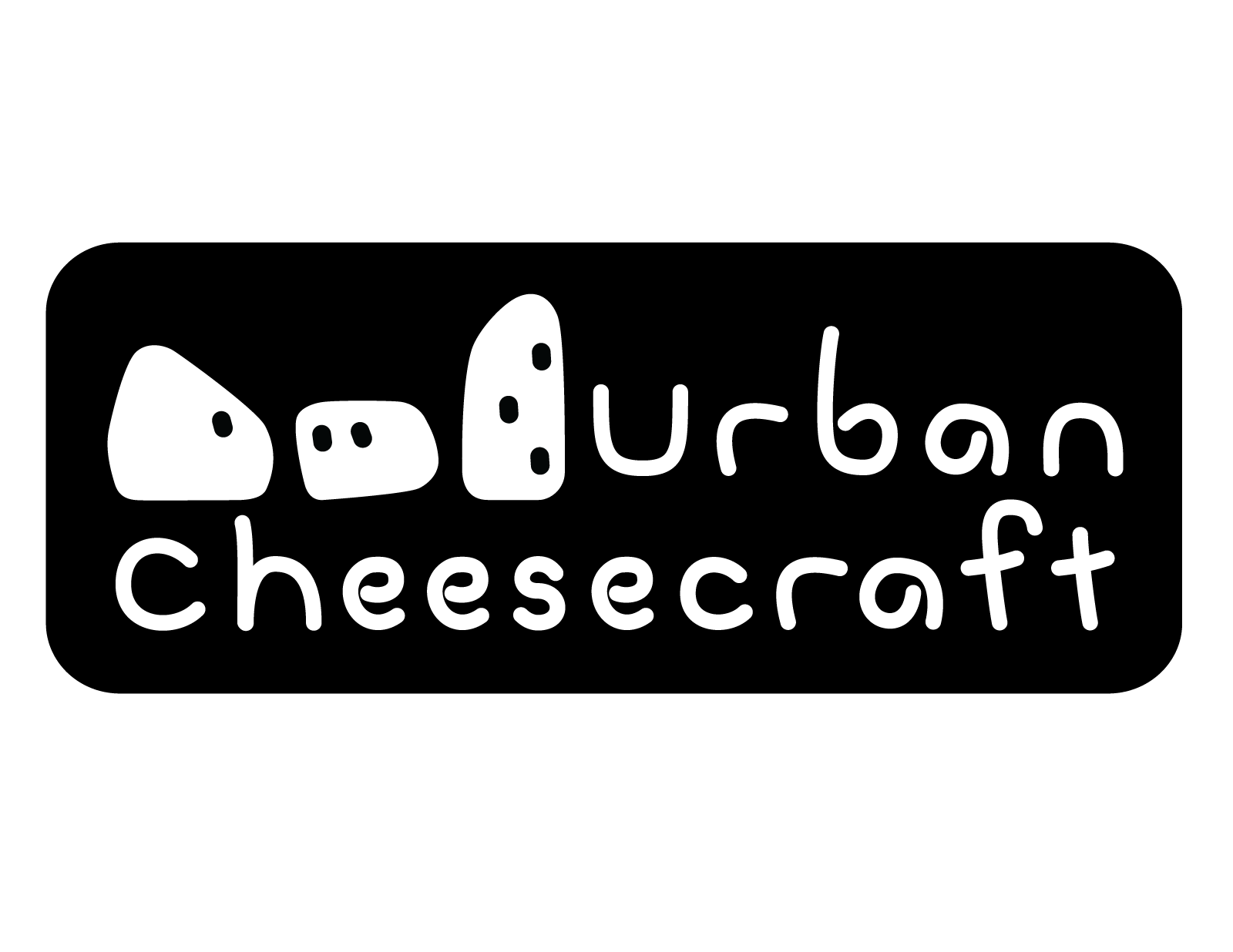Springtime Farmer’s Cheese with Pressed Edible Flowers
It's nature's confetti season! Edible flowers are everywhere, begging to grace our tables. Celebrate the spring bloom with a homemade cheese that's as beautiful as it is delicious. Decorated with beautiful edible flowers, your tantalizing little wheel will be ready for a celebration.

What is Farmer’s Cheese, Anyway?
I get this question a lot because I include this cheese as a gateway recipe in my DIY Cheese Kits and in my book, One Hour Cheese (I call it No-Fail Cheese there). Farmer’s cheese is one of the world’s most beloved and versatile cheeses—and it goes by many names. If you’ve tried cottage cheese, paneer, requesón, or queso blanco, then you’ve already enjoyed a variation of this incredibly simple, fresh cheese. Though each region and culture puts its own twist on it, they all share a common root: high-heat, acid-coagulated cheesemaking.
That sounds scientific, but it’s actually beautifully simple.
Want to save the recipe?
This Method is Perfect for Beginners
When milk is heated and an acid like lemon juice, vinegar or citric acid is added, the proteins in the milk coagulate, forming curds and whey. This is the magic behind all of these farmer-style cheeses. There’s no need for rennet, no aging, and no specialized equipment—just a pot, some cloth, and a few kitchen staples.
This style of cheesemaking:
- Makes great use of milk that is about to expire.
- Yields a high-protein, clean-tasting cheese that can be your main course.
- Produces a cheese that does not melt, making it great for frying into crispy
croutons, scrambling like eggs or ground beef, or adding into curries or stir fry like you would tofu or chicken. - Is foolproof for beginners (seriously—you can do it the first time).
- Has global roots, making it as culturally rich as it is easy.
- Gives you a blank canvas—perfect for infusions, mix-ins, or floral finishes like we’ll use today.
Why Edible Flowers?

You’ve probably seen edible flowers popping up in your Pinterest or Instagram feeds, or gracing the covers of food magazines. It’s not just a fleeting trend—it’s part of a larger movement toward seasonal, sustainable, and sensory cooking experiences.
The options change as spring develops. This week I collected tiny rosemary flowers, lilacs and cherry blossoms.

So many reasons to love edible flowers:
-
Visual Impact: Let’s be honest—food that looks magical just feels more special. A cheese wheel dotted with marigolds or violets instantly elevates your spring table or gift box, and it’s 100% Instagram- and Pinterest-worthy.
-
Foraging Lifestyle: More people than ever are foraging for nettles, mushrooms, truffles and all types of branches, pine needles and blossoms. Edible flowers offer a low-lift, high-reward way to do just that. If you'd like to learn more I highly recommend The Black Forager as a starting point!
-
Creative, Customizable Flavor: Flowers like nasturtiums add a peppery punch, while pansies, lilacs and cherry blossoms are more delicate and slightly sweet. Paired with fresh cheese, these natural flavors create a unique, floral touch to your bites that feels luxurious and earthy at the same time.
-
Mindful & Seasonal Eating: Edible flowers appeal to people interested in intentional, seasonal, and slow-living cooking practices. They tie directly into themes like spring renewal, celebration, and reconnecting with nature.
See? You want to save this one!
Recipe for Springtime Farmer’s Cheese (mini wheel)
Ingredients
-
4 cups whole milk (just pasteurized, not ultra-pasteurized)
-
1/2 teaspoon citric acid, or 2 tablespoons white vinegar or lemon juice
-
1/2 teaspoon salt (adjust to taste)
-
A small handful of edible flowers (lilacs, cherry blossoms, pansies, nasturtiums, violets) - pesticide and critter free :)
-
Optional: fresh herbs like chives or dill
Feel free to double or quadruple the recipe for a whole gallon a milk. Use my recipe for Queso Blanco for a gallon-sized batch.
Equipment
-
Heavy-bottomed saucepan (quart capacity)
-
Fine-meshed cheesecloth or large paper coffee filter
-
Colander or mesh strainer
-
Small ramekin or container to form the wheel
Instructions
-
Heat the Milk: In a saucepan, slowly heat the milk over medium heat until it reaches 185°F (85°C), stirring occasionally to prevent scorching.
-
Add the Acid: Remove the saucepan from heat. Add the vinegar or lemon juice while gently stirring. Let it sit undisturbed for 10 minutes as curds form.
-
Strain the Curds: Line a colander with cheesecloth and place it over a bowl. Carefully pour the curds and whey into the colander. Allow it to drain for 10–15 minutes.
-
Season the Cheese: Add salt and mix gently - a little more whey may be released. If incorporating flowers and herbs throughout (versus just pressing them onto the outside of the wheel) add them now.
-
Prepare the Mold: Line your chosen mold with cheesecloth or plastic cling wrap or another coffee filter if that's what you have. Arrange edible flowers face-down on the bottom and sides of the mold. You can wet the liner a tiny bit to help the flowers stick.
-
Form the Wheel: Spoon the seasoned curds into the mold, pressing gently to fill all spaces and ensure the flowers adhere to the cheese.
-
Press the Cheese: Fold the cheesecloth over the top. If you'd like to enjoy it warm and if it unmolds already, it's ready to eat! Otherwise, place your wheel in the fridge for 20 minutes or so to assist with firming up and cooling a bit.
-
Unmold and Serve: Carefully unwrap the cheese and invert it onto a serving plate. Remove the cheesecloth to reveal the pressed flower design. Behold your springtime beauty!
Serving Suggestions
-
Cheese Board: Pair with crackers, fresh fruits, and nuts.
-
Salads: Crumble over mixed greens for a (pretty) protein kick.
-
Gifts: Wrap in parchment paper and tie with twine for a charming homemade gift. Awwww!
Tips
-
Edible Flowers: Ensure flowers are pesticide-free and safe for consumption. Use them fresh or dry them and use like an herb. That is what I did here because I like to save extra blossoms past their season for use in my classes, but I use them both ways.
-
Herb Variations: Experiment with different herbs to complement the floral notes.
-
Storage: Store in the refrigerator for up to 5 days.
I would love to see photos of your wheels! I'm on Instagram @urbancheesecraft.

